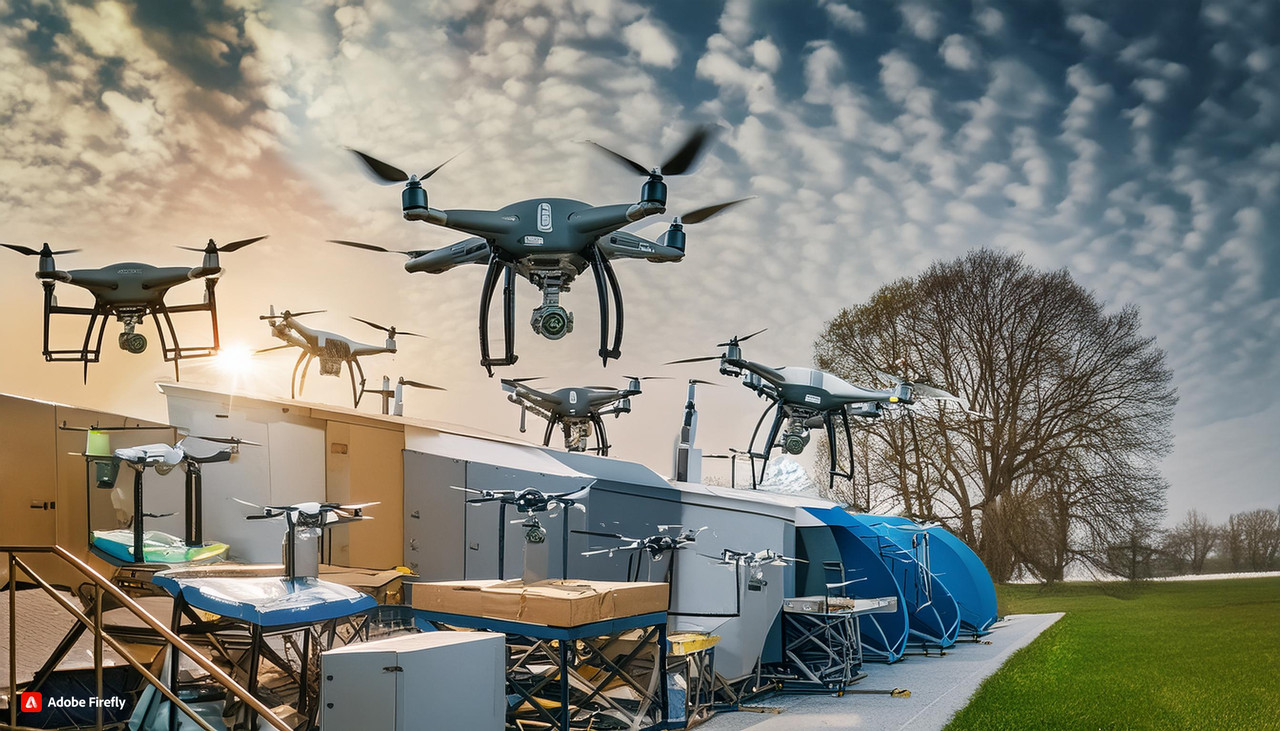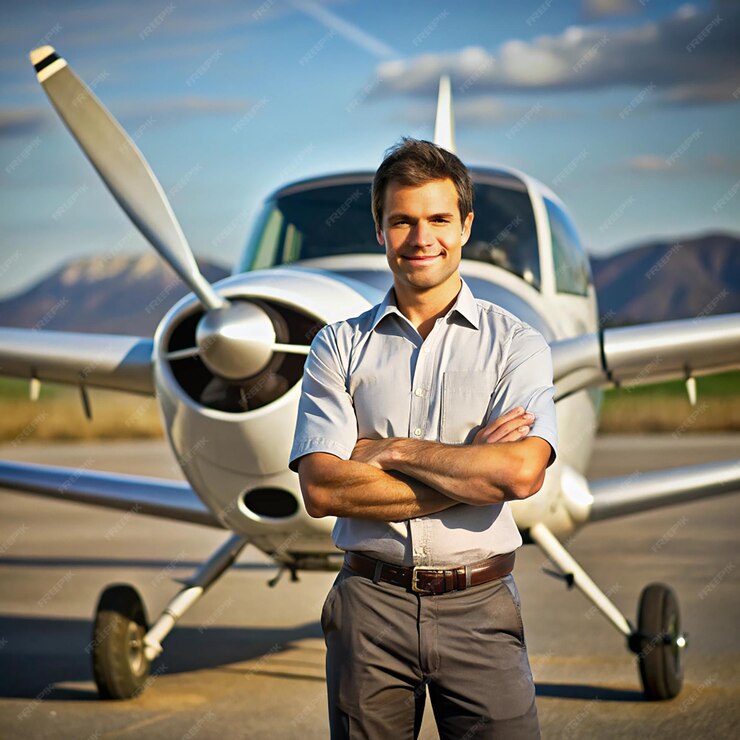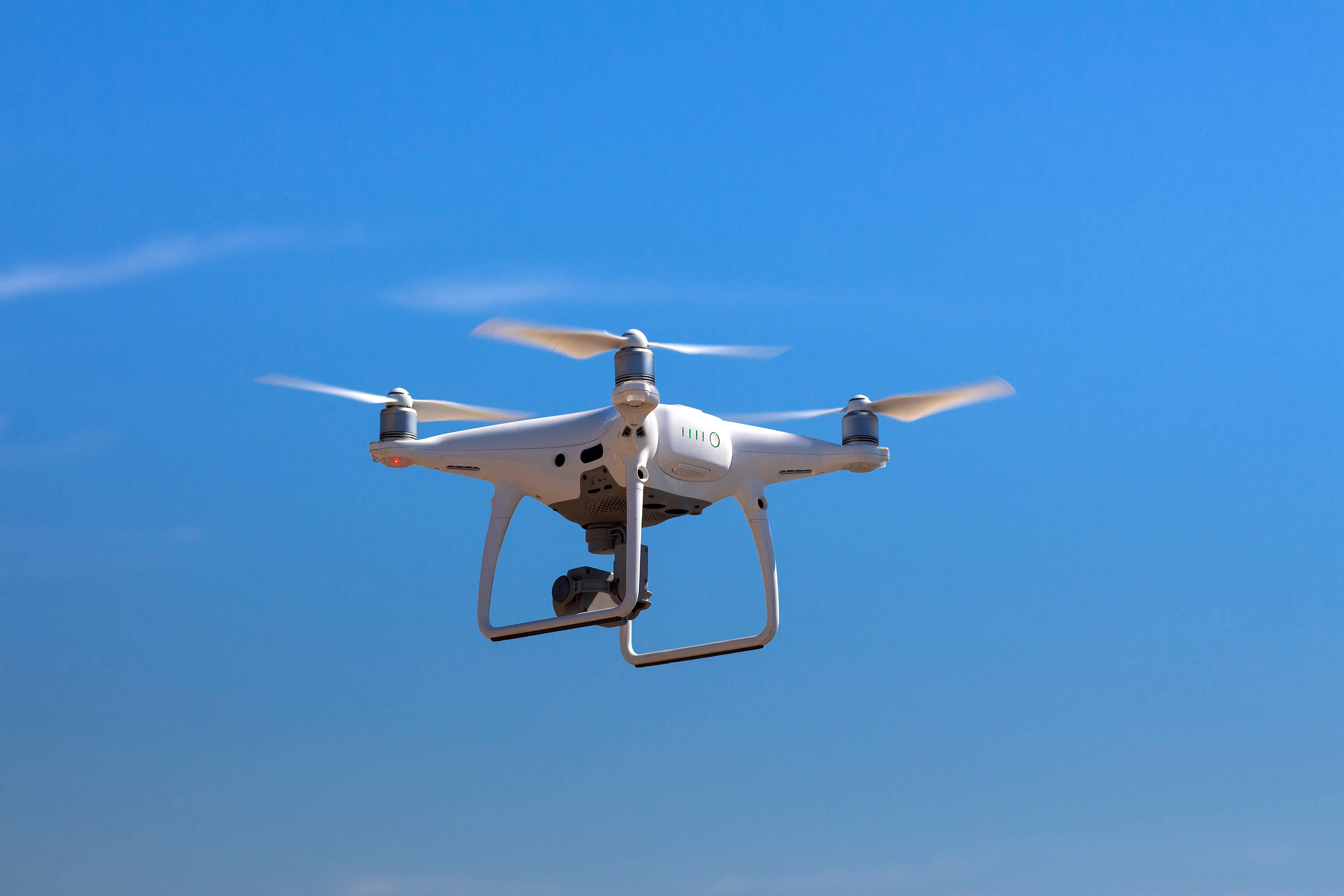Different Parts of Drones and Their Functionality
Drones are the new cool; it will not surprise people if we say this statement, not only for India but for the world. There was a time when drones were only an idea and far from reality, but now times have changed, and so have the perception and reality of drones and their use cases. Drones are made up of different parts mingled together into a single entity to do the work for which they are intended.
Each part improves the drone's performance and has various benefits. When each part functions well, the result is also a good one.
Components of a Drone and their Roles
Airframe
This is perhaps the most important structural component of a drone. It, in a way, helps all the parts of a drone, such as payloads, propulsion systems, and electronic systems. Intended with precision, it balances sturdiness with lightness, allowing drones to endure environmental challenges while upholding manoeuvrability.
Propulsion System
It is known as the lifeline of drones, dictating their lift, thrust, and flight dynamics. Motors and propellers consistently work flawlessly with Electronic Speed Controllers, offering the detailed control needed for diverse operations, from aerial photography to agriculture.
Power Source
Drones are often powered by lithium-polymer batteries, which provide a blend of weight and energy competence. This guarantees longer time in the air for drones and also reliability, which are vital for search and rescue missions.
Flight Controller
This part is known as the brain of the drone. What it does is process the inputs from sensors and the remote control to adjust the movement of the drone in real-time. Its advanced algorithms allow for stable flight, autonomous navigation, and precise positioning, important for both noobs and expert drone pilots.
Sensors and Navigation Systems
Sensors play an important role in autonomous flight, from GPS modules allowing precise location tracking to gyroscopes and accelerometers that uphold stability and orientation. Advanced drones might also have obstacle detection and avoidance systems, improving their safety in complex environments.
Camera and Gimbal
Superior imaging is a significant part of drones, with integrated cameras offering stabilized high-resolution videos and photos. These components are important for inspection, surveillance, and mapping applications, where clarity and detail are supreme.
Communication System
Robust data transmission systems guarantee seamless communication between the drone and its operator. These systems have the control link and video streaming competencies, leading to real-time monitoring and decision-making.
Software and Firmware
They integrate hardware, allowing complicated flight patterns, data analysis, and user-friendly interfaces. They guarantee that drones are both tools and partners in attaining operational goals.
Summing Up the Scene
When a drone is formulated with all these components, it is ready to take flight. However, to manoeuvre the drones well for commercial purposes, you have to be a trained drone pilot. Training is necessary to drive the drones, and post-training, an RPC or a Remote Pilot Certification is needed.
Flapone Aviation is a drone and aviation training institute that provides best-in-class training for drone operations and also helps with the licence. So, enroll now and get started.
Related Blog
Latest updates and insights from Flapone Aviation.

What Types of Drones Are Present in the Market?
October 8, 2024

How to Become a Pilot After 12th in India?
February 7, 2025

What are the Basics of Drone Piloting?
February 7, 2025



